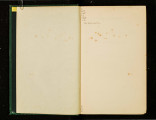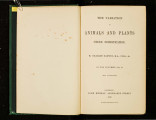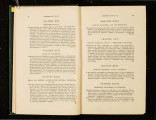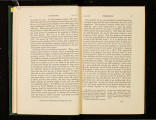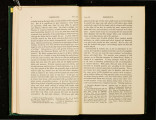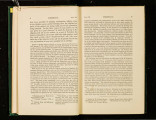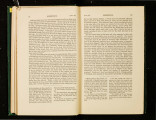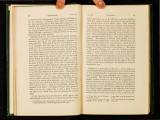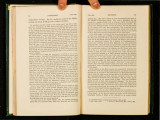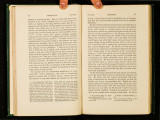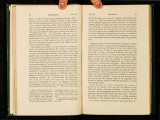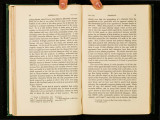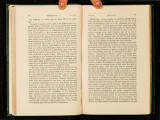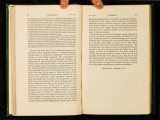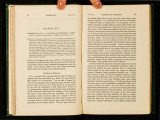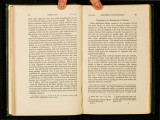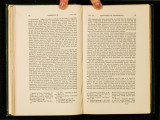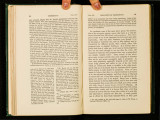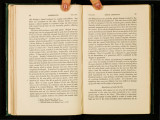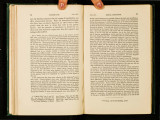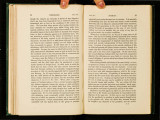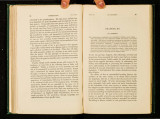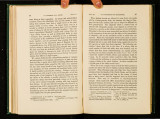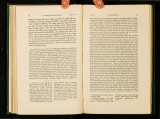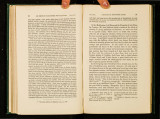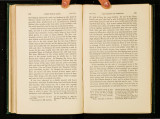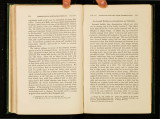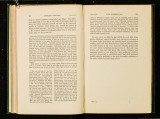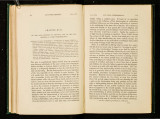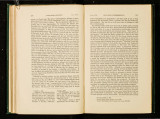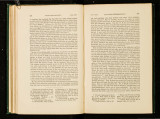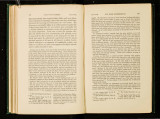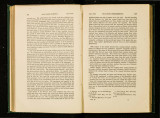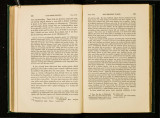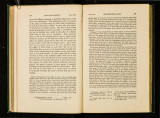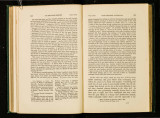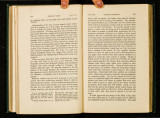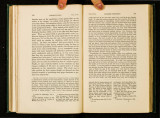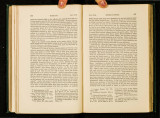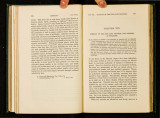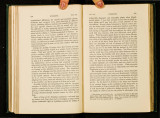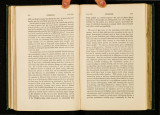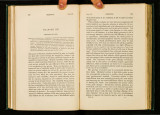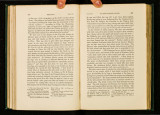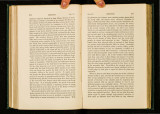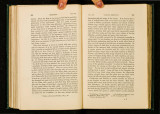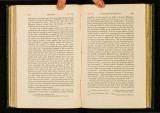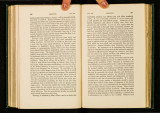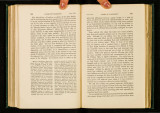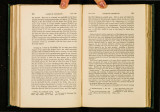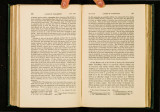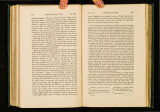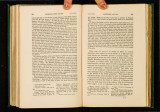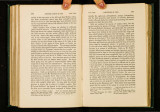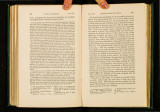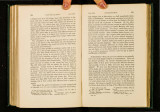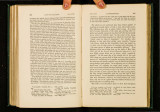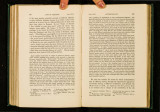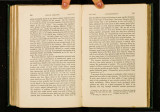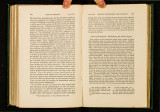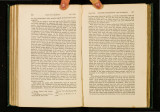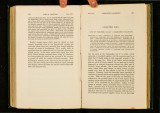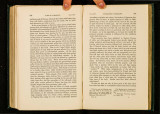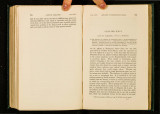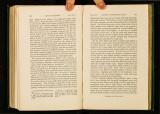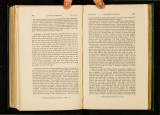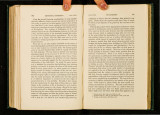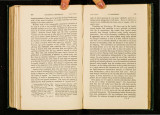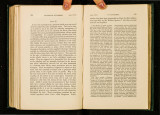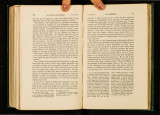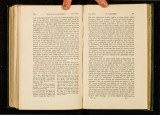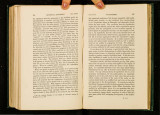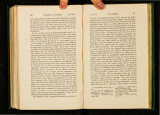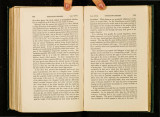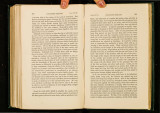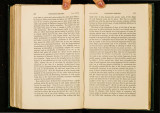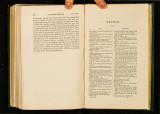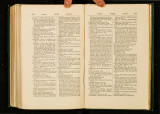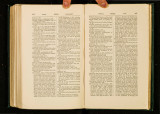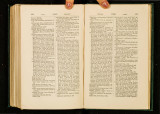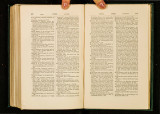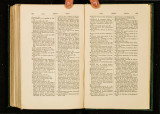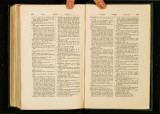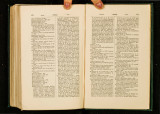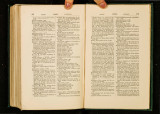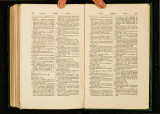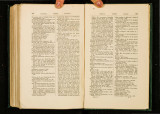| OCR Text |
Show 156 STERILITY FROM CIIAP. XVIII. plicable exceptions in regard to the fertility of certain species and_ genera under confinement. Although many trials have been. made w1t_h _the common partridge, it has rarely bred, even when reared m la~·ge av1~nes; and the hen will never hatch her own eggs.46 The Amencan tnbe of Guans or Cmcidre are tamed with remarkable ease, but are very shy breeders in this country; 47 but with care various species were formerly made to breed rather freely in Holland.48 Birds of this tribe are often kept in a perfectly tamed condition in their native country by the Indians, but they never breed.49 It might have been expected that grouse from their habits of life would not have bred in captivity, more especially as they are said soon to languish and die.60 But many cases are recorded of their breeding: the capercailzie ( 'l'etrao twogallus) has bred in the Zoological Gardens; it breeds without much difficulty when confined ·in Norway, and in Russia five successive generations have been reared: Tetmo tetrix has likewise bred in Norway; '1'. Scoticus in Ireland; T. Mmbellus at Lord Derby's; and 1'. cupido in North America. It is scarcely possible to imagine a greater change in habits than that which the members of the ostrich family must suffer, when cooped up in small enclosures under a temperate climate, after freely roaming over desert and tropical plains or entangled fOTests. Yet alniost all the kinds, even the mooruk (Oasuarinus Bennetti·i) from New Ireland, has frequently produced young in the various European menageries. The African ostrich, though perfectly healthy and living long in the South of France, never lays more than from twelve to fifteen eggs, though in its native country it lays from twenty-five to thirty.51 Here we have another instance of fertility impaired, but not lost, under confinement, as with the flying squirrel, the hen-pheasant, and two species of American pigeons. l\fost Waders can be tamed, as the Rev. E. S. Dixon informs me, with remarkable facility; but several of them are short-lived under confinement, so that their sterility in this state is not surprising. The cranes breed more readily than other genera : Grus montigresia has bred several times in Paris and in the Zoological Gardens, as has G. cineria at the latter place, and G. antigone at Calcutta. Of other members of this great order, Tetrapte1·yx paradisea has bred at Knowsley, a Porphyria in Sicily, and the Gallinula chloropMs in the Zoological Gardens. On the other hand, several 46 Temminck, • Hist. Nat. Gen. des Pigeons,' &c., 1813, tom. iii. pp. 288, 382; 'Annals and Mag. of Nat. Hist.,' vol. :xii., 1843, p. 453. Other species of partridge have occasionally bred; as the red-legged (P. rubra), when kept in a large court in France (see 'Journal de Physique,' tom. xxv. p. 294), and in the Zoological Gardens in 1856. 47 Rev. E. S. Dixon, 'The Dovecote,' 1851, pp. 2-!3-252. 48 Temminck, • Hist. Nat. Gen. des Pigeons,' &c., tom. ii. pp. 456,458; tom. iii. pp. 2, 13, 47. 49 Bates, ' The Naturalist on the Amazons,' vol. i. p. 193; vol. ii. p. 112. 50 Temminck, 'Hist. Nat. Gen.,' &c., tom. iii. p. 125. For Tetrao umgallus. see L. Lloyd, 'Field Sports of North of Europe,' vol. i. pp. 287, 314; and • Bull. de la Soc. d' Acclimat.,' tom. vii., 1860, p. 600. For T. Scoticus, Thompson, 'Nat. Hist. of Ireland,' vol. ii., 1850, p. 49. For T. cupido, 'Boston Journal of Nat. Hist.,' vol. iii. p. 199. 51 Marcel de Serres, ' Annales des Sci. Nat.,' 2nd series, Zoolog., tom. xiii. p. 175. CHAP. XVIII. CHANGED CONDITIONS. 157 birds belonging to this order will not breed in their native country, Jamaica; and the Psophia, though often kept by the Indians of Guiana about their houses, " is seldom or never known to breed.'' 52 No birds breed with such complete facility under confinement as the members of the great 'Duck family; yet, considering their aquatic a,nd wandering habits, and the nature of their food, this could not have been anticipated. Even some time ago above two dozen species had bred in the Zoological Gardens; and 1\f. Selys-Longchamps has recorded the production of hybrids from forty-four different members of the family; and to these Professor Newton has added a few more cases.53 "There is not," says 1\fr. Dixon,54 "in the wide world, a goose which is not in the strict sense of the word domesticable ;'' that is, capable of breeding under confinement; but this statement is probably too bold. The capacity to breed sometimes varies in individuals of the same species; thus Audubon 55 kept for more than eight years some wild geese (Anser Canadensis), but they would not mate; whilst other individuals of the same species produced young during the second year. I know of but one instance in the whole family of a species which absolutely refuses to breed in captivity, namely, the Dendrocygna viduata, although, according to Sir R. Schomburgk/6 it is easily tamed, and is frequently kept by the Indians of Guiana. Lastly, with respect to Gulls, though many have been kept in the Zoological Gardens and in the old Surrey Gardens, no instance was known before the year 1848 of their coupling or breeding; but since that period the herring gull ( Larus argentatus) has bred many times in the Zoological Gardens and at Knowsley. There is reason to believe that insects are affected by confinement like the higher animals. It is well known that the Sphingidre rarely breed when thus treated. An entomologist 57 in Paris kept twenty-five specimens of Saturnia pyri, but did not succeed in getting a single fertile egg. A number of females of Orthosia munda and of Mamestra suusa reared in confinement were unattractive to the males.68 Mr. Newport kept nearly a hundred individuals of two species of Vanessa, but not one paired; this, however, might have been due to their habit of coupling on the wing.S9 Mr. Atkinson could never succeed in India in making the Tarroo silk-moth breed in confinement.60 It appears that a number of moths, especially the Sphingidre, when hatched in the autumn out of their proper season, 52 Dr. Hancock, in ' Charlesworth's Mag. of Nat. Hist.' vol. ii., 1838, p. 491; R. Hill, ' A Week at Port Royal,' p. 8 ; 'Guide to the Zoological Gardens,' by P. L. Sclater, 1859, ·pp. 11, 12; 'The Knowsley Menagerie,' by Dr. Gray, 1846, pl. xiv.; E. Blyth, • Report Asiatic Soc. of Bengal,' May, 1855. 58 Prof. Newton, in 'Proc. Zoolog. Soc.,' 1860, p. 336. 54 • The Dovecote and Aviary,' p. 428. 55 • Ornithological Biography,' vol. iii. p. 9. ss 'Geograph. Journal,' vol. xiii., 1844, p. 32. 57 Loudon's 'Mag. of Nat. Hist.,' vol. v., 1832, p. 153. 58 'Zoologist,' vols. v.-vi., 1847-48, p. 1660. 59 'Transact. Entomolog. Soc.,' vol. iv., 1845, p. 60. 60 ' Transact. Linn. Soc.,' vol. vii. p. 4~ • |




